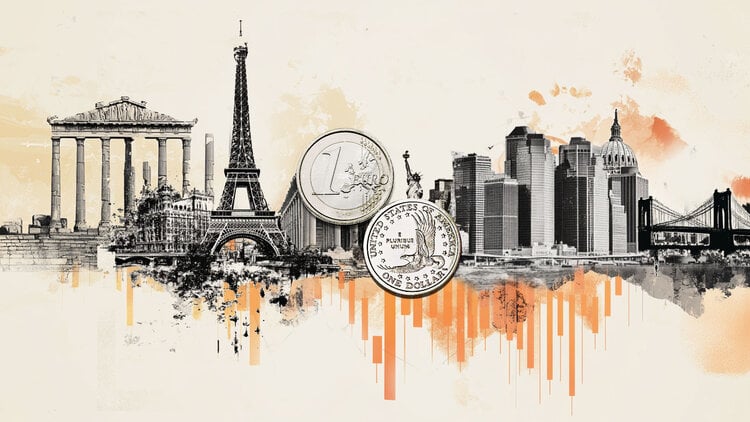- The FOMC meeting minutes are the next major event on Tuesday.
- USD fluctuates after positive consumer confidence numbers from the Conference Board before volatility eases.
- President-elect Trump threatens tariffs on Mexico, Canada and China, boosting the Dollar.
In Tuesday’s session, the US Dollar Index (DXY), which measures the value of the Dollar against a basket of currencies, fluctuated near 107.00 following the release of key economic data. Meanwhile, markets digest President-elect Donald Trump’s threat to impose tariffs on three of his largest trading partners and await clues in the Federal Open Market Committee (FOMC) meeting minutes due to be released later in the session.
The US Dollar Index has shown a bullish bias, driven by strong economic data and a less dovish stance from the Federal Reserve (Fed). Despite recent pullbacks due to profit-taking and geopolitical uncertainty, the uptrend remains intact. Technical indicators suggest possible consolidation with overbought conditions easing.
Daily Market Summary: US Dollar Looks Neutral Following Consumer Confidence Data
- Consumer confidence in the United States improved in November with the Conference Board index rising from 109.6 to 111.7.
- The Current Situation Index rose 4.8 points to 140.9, while the Expectations Index rose to 92.3.
- Ahead of the FOMC minutes, the CME’s FedWatch tool estimates a 59% probability of an additional 25 basis point rate cut by the Fed on December 18.
- The benchmark 10-year US Treasury rate fell to 4.29%, from its recent high of 4.50%.
DXY Technical Outlook: Consolidating near 107.00, uptrend remains intact despite recent pullbacks
The DXY is consolidating after a strong rally, having pulled back from two-year highs. The index is currently hovering around 107.00, near the upper end of its recent trading range.
Technical indicators, such as the Relative Strength Index (RSI) and Moving Average Convergence/Divergence (MACD), suggest a correction potential, but the overall bullish momentum remains strong. DXY is likely to face resistance at 108.00 and support at 106.00-106.50. A break above 108.00 would signal a continuation of the uptrend, while a break below 106.00 would indicate a deeper correction is possible.
The US Dollar FAQs
The United States Dollar (USD) is the official currency of the United States of America, and the “de facto” currency of a significant number of other countries where it is in circulation alongside local banknotes. According to 2022 data, it is the most traded currency in the world, with more than 88% of all global currency exchange operations, equivalent to an average of $6.6 trillion in daily transactions. After World War II, the USD took over from the pound sterling as the world’s reserve currency.
The single most important factor influencing the value of the US Dollar is monetary policy, which is determined by the Federal Reserve (Fed). The Fed has two mandates: achieve price stability (control inflation) and promote full employment. Your main tool to achieve these two objectives is to adjust interest rates. When prices rise too quickly and inflation exceeds the 2% target set by the Fed, the Fed raises rates, which favors the price of the dollar. When Inflation falls below 2% or the unemployment rate is too high, the Fed can lower interest rates, which weighs on the Dollar.
In extreme situations, the Federal Reserve can also print more dollars and enact quantitative easing (QE). QE is the process by which the Fed substantially increases the flow of credit into a clogged financial system. This is an unconventional policy measure used when credit has dried up because banks do not lend to each other (for fear of counterparty default). It is a last resort when a simple lowering of interest rates is unlikely to achieve the necessary result. It was the Fed’s weapon of choice to combat the credit crunch that occurred during the Great Financial Crisis of 2008. It involves the Fed printing more dollars and using them to buy US government bonds, primarily from financial institutions. QE usually leads to a weakening of the US Dollar.
Quantitative tightening (QT) is the reverse process by which the Federal Reserve stops purchasing bonds from financial institutions and does not reinvest the principal of maturing portfolio securities in new purchases. It is usually positive for the US dollar.
Source: Fx Street
I am Joshua Winder, a senior-level journalist and editor at World Stock Market. I specialize in covering news related to the stock market and economic trends. With more than 8 years of experience in this field, I have become an expert in financial reporting.







